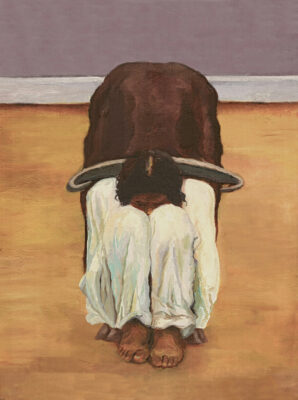It is not a Rivera but a Lucin; I have been developing this subject for years. Further info it represents life dangers. It is related to human beings in general, for it concerns how fragile we are. There are many symbols and anecdotes where the idea came from and became a meaningful theme.
Subscribe
Login
Please login to comment
0 Comments
Oldest

